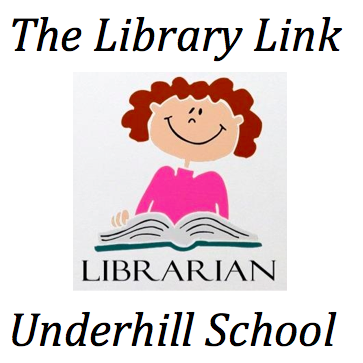 In the past several years, we’ve witnessed a transformative classroom experience—namely the shift from traditional teaching methods (sometimes described as teacher centered learning) to a student centered learning model. The implications of making this switch are dramatic, and have admittedly been a bumpy ride for educators who have needed to adjust from more of a “broadcasting information out” style classroom to a primarily information sharing environment. However, nearly every teacher and administrator we’ve spoken with is excited about making the switch. Here’s why.
In the past several years, we’ve witnessed a transformative classroom experience—namely the shift from traditional teaching methods (sometimes described as teacher centered learning) to a student centered learning model. The implications of making this switch are dramatic, and have admittedly been a bumpy ride for educators who have needed to adjust from more of a “broadcasting information out” style classroom to a primarily information sharing environment. However, nearly every teacher and administrator we’ve spoken with is excited about making the switch. Here’s why.1. Students get excited about learning.
Rather than being assigned projects that commonly initiate eye-rolling responses, students in student centered learning classrooms are challenged to choose their own topics with the guidance of the teacher. The students are infinitely more apt to choose topics that interest them both initially and through the course of the project. This phenomenon of “sustainable interest” sets the stage for deeply rewarding educational experiences that encourage critical thinking and lifelong learning.
2. Collaboration is encouraged.
When a classroom is student centered, it doesn’t mean that each student is simply focused on their own project to the detriment of teamwork. In fact, it’s the opposite. The teacher facilitates learning in pairs or groups, where students can share what they’ve learned and problem solve together. The teacher actively participates in that learning process, guiding students, managing their activities and encouraging new lines of inquiry.3. Discussions are rich and inclusive.
Most of the teachers we’ve spoken with who have switched to a student centered curriculum report that participation in classroom discussions has gone up, with more students participating. This may be linked to the fact that collaboration is encouraged. One recent example is when students were researching how news reports were created and broadcast daily. Some students readily pitched in as camera operators, whereas others gravitated toward interviewing and editing. This naturally allowed the teacher to ask questions of the camera operators, of the interviewers, the interviewees, etc.4. Creativity abounds!
Student centered learning is a launch pad for creativity. As one teacher recently said, “Give a student a subject they are interested in and a blank canvas for presenting what they’ve learned and watch them take off! I’m blown away at the presentations I’ve seen this year!” Because students can choose the presentation format that they prefer—PowerPoint slide shows, videos, research papers, etc.—the quality of presentations goes up. In addition, the enthusiasm for and confidence in presenting the final piece also goes through the roof. Because the ability to comfortably present one’s point of view is so important to excelling in many careers, this is one of the greatest advantages to a student centered curriculum.5. Parents get excited (and engaged), too!
Enthusiasm is infectious. When parents see their child more interested in learning, it’s easier for them to take a more active role. Many student centered learning teachers and administrators report that parent participation and support goes up and they are more apt to hear comments like, “Wow. I never thought my child would get so excited about school!”
When you add it all up, it sounds like student centered learning is the cure for every challenge our educational system faces. Of course, that isn’t true. However, what we do find is that student centered learning establishes a new foundation for engaging students, teaching critical thinking and creating an environment where working together is encouraged and rewarded. And those are pretty magnificent achievements in and of themselves.
When you add it all up, it sounds like student centered learning is the cure for every challenge our educational system faces. Of course, that isn’t true. However, what we do find is that student centered learning establishes a new foundation for engaging students, teaching critical thinking and creating an environment where working together is encouraged and rewarded. And those are pretty magnificent achievements in and of themselves.
For the ultimate student centered learning experience, explore IIM's Summer Research Challenge! Register for a webinar overview of the program on June 26.
